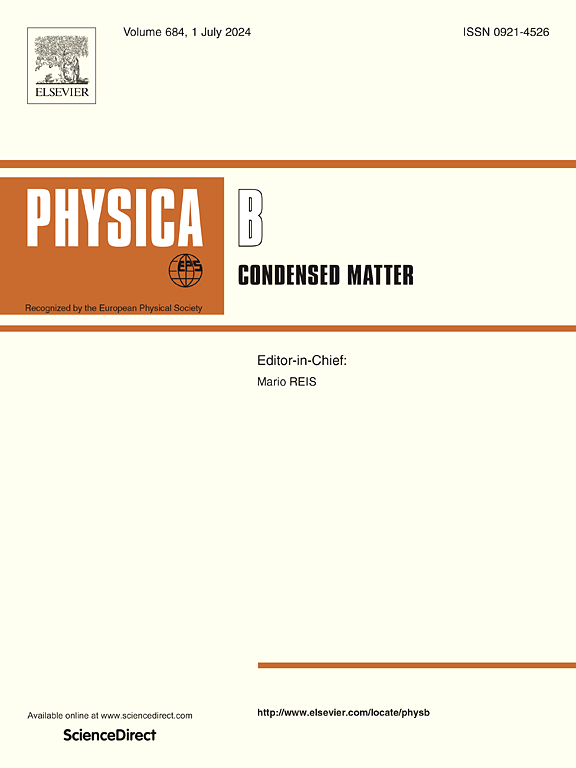Investigation on the material removal mechanism of polycrystalline gold film nanomilling
IF 2.8
3区 物理与天体物理
Q2 PHYSICS, CONDENSED MATTER
引用次数: 0
Abstract
Nanostructures fabricated on metal films have found applications in biosensing, nanooptics, and nanoelectronics. Atomic force microscope (AFM) tip-based nanofabrication represents a promising approach for fabrication of nanostructures. However, the material removal mechanism and subsurface damage of polycrystalline gold during nanomilling remain poorly understood. In this study, we investigated the nanomilling mechanism of polycrystalline gold films through a combination of experimental analysis and molecular dynamics (MD) simulations. It has been observed that the material removal rate is influenced by the maximum undeformed chip thickness (UCT). Moreover, MD simulations demonstrate that grain boundaries inhibit dislocation nucleation and motion more effectively than in single-crystal materials. Complex dislocations and stacking faults are generated during nanomilling at high strain rates, leading to material embrittlement. Our findings deepen the understanding of material removal mechanism and elucidate the impact of grain boundaries on subsurface damage during nanomilling, offering valuable insights for fabrication of nanostructures on metal films.
求助全文
约1分钟内获得全文
求助全文
来源期刊

Physica B-condensed Matter
物理-物理:凝聚态物理
CiteScore
4.90
自引率
7.10%
发文量
703
审稿时长
44 days
期刊介绍:
Physica B: Condensed Matter comprises all condensed matter and material physics that involve theoretical, computational and experimental work.
Papers should contain further developments and a proper discussion on the physics of experimental or theoretical results in one of the following areas:
-Magnetism
-Materials physics
-Nanostructures and nanomaterials
-Optics and optical materials
-Quantum materials
-Semiconductors
-Strongly correlated systems
-Superconductivity
-Surfaces and interfaces
 求助内容:
求助内容: 应助结果提醒方式:
应助结果提醒方式:


